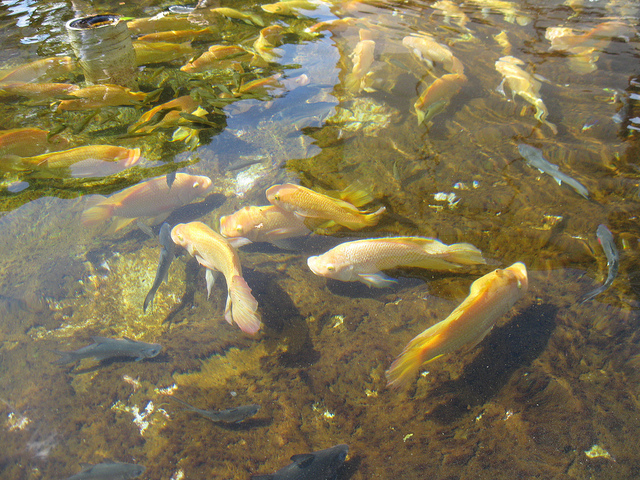10 Ways the Free Market Protects the Environment
Aquaculture, the farming of aquatic organisms including fish, crustaceans, mollusks, and aquatic plants, and implies individual or corporate (i.e. private) ownership. The practice has a long history, perhaps even to as early as 6000 BC with indigenous people in Australia raising eels for food. As distinguished from commercial fishing (harvesting wild fish), for which there are only poorly defined property rights (territorial claims to specific fishing areas), aquaculture involves active production of various species, owned and kept in enclosed and controllable pools, pens, bays, or even lakes. This avoids the problems of harvest stagnation and overexploitation common to fishing in the wild and especially for popular species such as tuna. Endeavors such as oyster beds (analogous to farming on land) and the relatively new salmon ranching allow for profitable and abundant food production and harvesting while relieving pressure on wild stocks.







